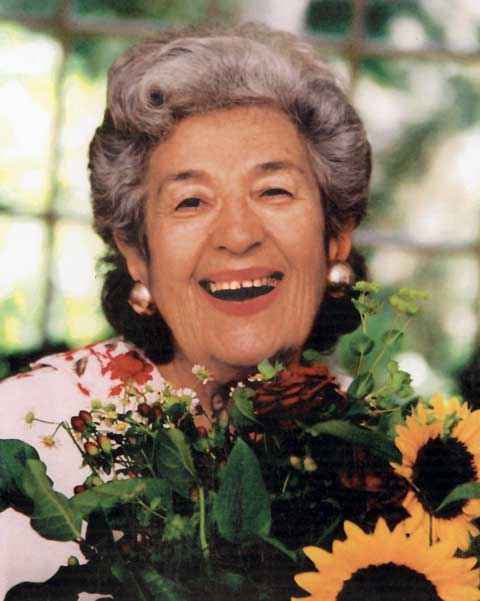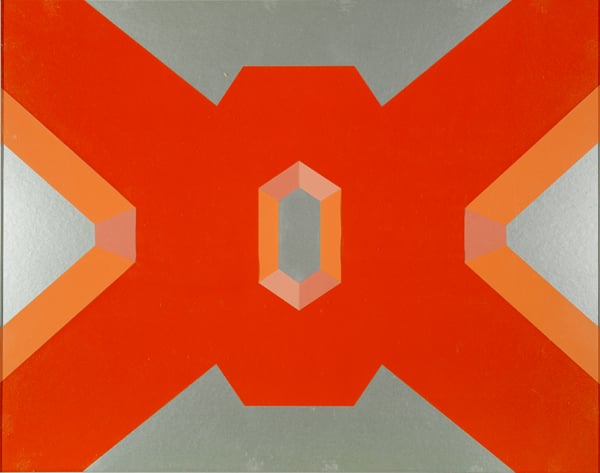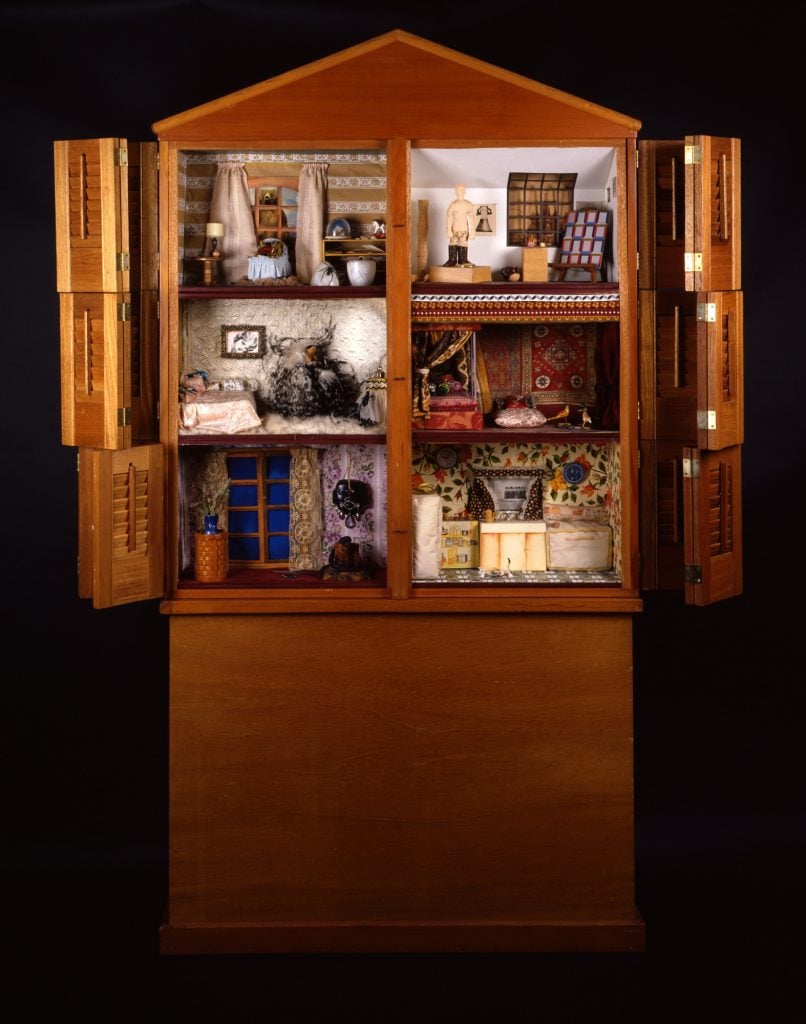People
Pioneering Feminist Artist Miriam Schapiro Dies at 91
She founded the groundbreaking Feminist Art Program with Judy Chicago.

She founded the groundbreaking Feminist Art Program with Judy Chicago.

Pioneering feminist artist Miriam Schapiro, age 91, died on Saturday.
A writer, sculptor, and teacher, Schapiro played an important role in the development and the definition of feminist art.
Born in Toronto, Schapiro began drawing at an early age, and took art classes at New York’s Museum of Modern Art as a high school student. Her father was an artist and industrial designer, and her parents were supportive of her chosen career, despite the barriers she encountered as a female artist at the time.
Schapiro studied at the State University of Iowa, receiving her BA, MA, and MFA. She began her career as a member of New York’s second generation of Abstract Expressionists before moving to California in 1967 to teach at Cal-Arts in Valencia.
It was there that Schapiro became a leading figure of the burgeoning feminist movement. Her computer-generated painting, OX (1968), is notable for its embrace of vaginal imagery and focus on the body, which became a hallmark of the work of such artists as Hannah Wilke, Carolee Schneemann, Judy Chicago, and Ida Applebroog, among others, as well as pioneering photographers such as Joan E. Biren.

Miriam Schapiro, Ox (1968).
Photo: courtesy the Brooklyn Museum.
With Chicago, Schapiro coined the term “central core imagery” in the essay “Female Imagery,” published in Womanspace Journal in 1973.
“To be a woman is to be an object of contempt, and the vagina, stamp of femaleness, is devalued. The woman artist, seeing herself as loathed, takes that very mark of her otherness and by asserting it as the hallmark of her iconography, establishes a vehicle by which to state the truth and beauty of her identity,” the pair wrote.
For Schapiro, such imagery and aesthetics served as a visual language through which feminist ideologies could be communicated.
In 1971, Schapiro convinced CalArts to let her found the Feminist Art Program with Chicago, who had previously run the Fresno Feminist Art Program.
An important part of the course was Womanhouse (1972), an art installation project where Chicago, Schapiro, and students such as Mira Schor and Faith Wilding, among others, transformed an abandoned 17-room house into a feminist art environment, complete with Chicago’s pristine white “menstruation bathroom,” with double-wrapped feminine hygiene products on display.

Miriam Schapiro with Sherry Brody, Dollhouse (1973). Photo courtesy of the Smithsonian American Art Museum.
In the late 1970s, Schapiro moved back to New York and became an important figure in the Pattern and Decoration movement, creating collage works that straddled the line between painting and textile art, incorporating lace, sequins, needlework, and other traditional women’s art objects collected from women across the country.
Schapiro dubbed such work “femmage.”
“The thing about Pattern and Decoration for us feminists was that in women’s traditional art you see pattern and decoration. And of course the decorative was always considered a trivialization,” Schapiro explained in a 1989 oral history interview for the Archives of American Art. Her work looked to combat such prejudice, and to elevate craft and domestic culture.
In her later years, Schapiro made a series of works in “collaboration” with historical female artists such as Frida Kahlo and members of the Russian avant garde.
In 2006, Rutgers University in New Brunswick, New Jersey opened the Miriam Schapiro Archives for Women Artists.
Her work is held in numerous international institutions including the Metropolitan Museum of Art, and the Whitney Museum of American Art, both in New York, the Museum of Find Arts, Boston, and the Israel Museum in Tel Aviv.